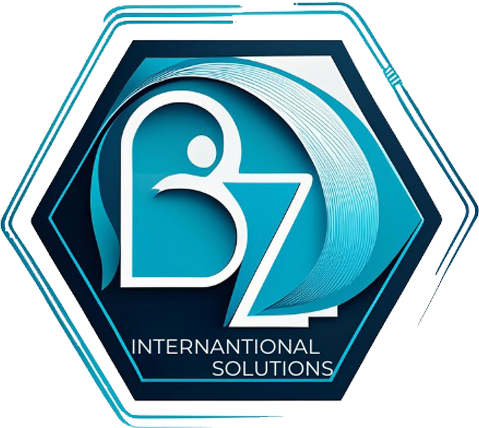Simplifying Medical Billing to Promote Smooth Healthcare Operations
Here, medical billing is redefined to maximize healthcare operations. Effective billing procedures are essential in the quickly changing healthcare environment of today so that medical professionals can concentrate on what really matters—patient care.
Solutions for Medical Billing for Healthcare Professionals
We customize our medical billing services to match your individual needs since we recognize that every healthcare facility is different. Our skilled staff uses industry-leading technology and best practices to optimize your billing procedures, whether you run a small clinic or a large hospital network
Our Services
APPOINTMENT
DATE OF SERVICE
CHECK-UP
MEDICAL TRANSCRIPTION
MEDICAL CODING
MEDICAL BILLING
DEMO ENTRY

PATIENTS INFORMATION
CLAIM GENERATION OR CHARGE ENTRY
The Services and Solutions We Offer
Management of Revenue Cycles
Services for Provider Credentialing.
Services for Medical Coding.

CLAIM SUBMISSION
There are two ways to submit the claims to the insurance companies:
2. Paper Submission on different forms (such as CMS 1500, CMS 1450 or UB 92, ADA 992000).
Time taken by Medicare to pay a clean claim: Medicare statute provides for claims payment floors and ceilings. A floor is the minimum amount of time a claim must be held before payment. A ceiling is the maximum time allowed for processing a clean claim before Medicare owes interest to the Provider of Services.
Physicians and suppliers who file Paper Claims will not be paid before the 26th day after the date of receipt of their claims. Clean claims filed electronically will be paid not sooner than 13 days after receipt.

CLAIM ADJUDICATION
Processing of electronic claims begins when a file of transmitted claims is received from the clearinghouse. (The clearinghouse edits the claims before sending to the insurance companies) and is opened in the claims processing computer
STEPS OF CLAIM ADJUDICATION
a). A list of all procedures and charges submitted on the claim form.
b). A list of any procedure submitted but not considered a benefit of the policy.
c). A list of all the allowed charges for each covered procedures.
d). The amount of the patient deductible, if any, subtracted from the total allowed charges.
e). The patient’s financial responsibility for cost sharing (co-payment for this claim.
f). The total amount payable by the insurance company on this claim.
a). The patient signs the Authorization of Benefits Statement, Block 13 on the CMS – 1500 form.
b). The Physician marks “YES” in Block 27 on the CMS – 1500 form.
c). The Physician has signed an agreement with the insurer for direct payment of all claims.
If reimbursement is to be sent to the patient, the policyholder will received a copy of the EOB; explanation is sent to the provider by most carriers, without payment.
PAYMENTS
The Services That Are Provided To The Patients Are Sent Out To The Insurance Companies In The Form Of Claims. These Claims Get Paid By The Insurance Companies. The Payments Are received at the Provider’s Mailing Addresses And / Or At The Billing Companies’ Addresses. In Cases When They Are Received At The Providers’ Addresses Then They Are In Turn Forwarded To The Billing Company To The Payment In Their System. Such Payments come In the Form Of Batches And May Have Bank’s Deposit Slip or Payment Listing with Them. Payments That Are Received Directly At The Billing Companies’ Address Do Not Have the Bank’s Deposit Slip.
Sometimes, In the Case of Non-Participating Provider’s, Payments Are received by the Insured Parties Address and They Forward the Payment to the Physician’s Address

DENIALS
A/R MANAGEMENT
1. Review Insurance A/R aging report.
2. First focus on accounts with aging 120+ days and large balances, You’re your way down up to 45 days of balance outstanding.
3. For Self-Pay patients, after one statement has gone out, F/U should be done after 30 Days from the date statement was mailed.
4. Review account notes and transaction history. Make sure that the billing service is not at fault.
5. Plan what you want to say before making a call.

